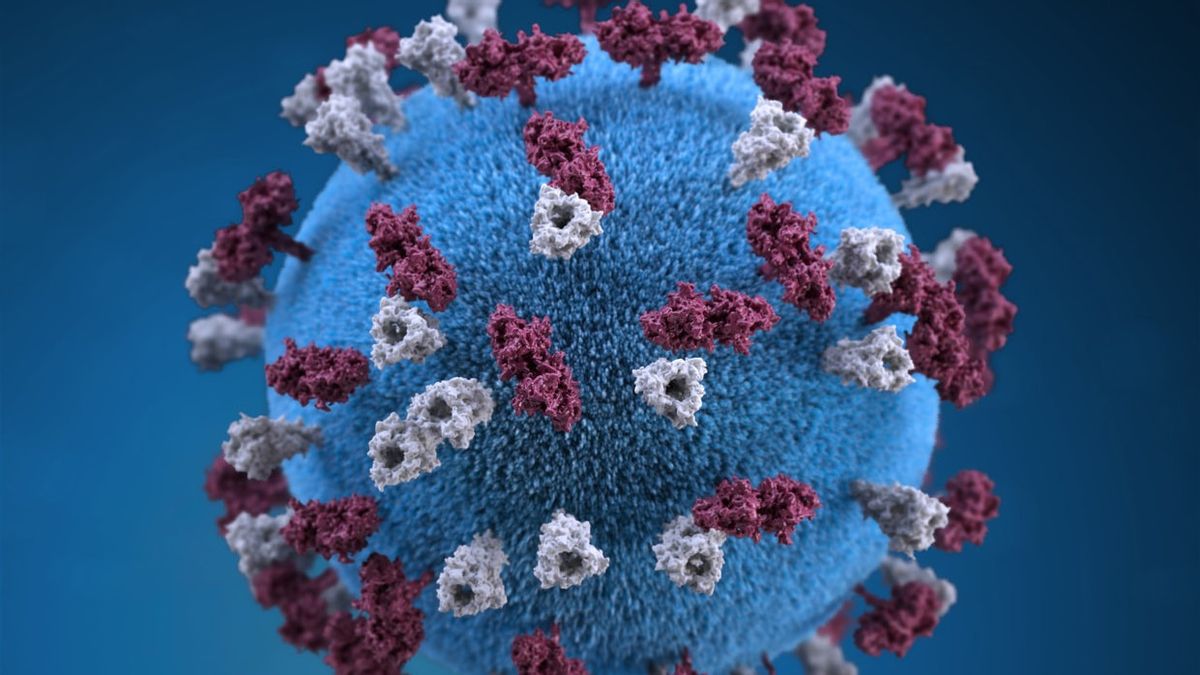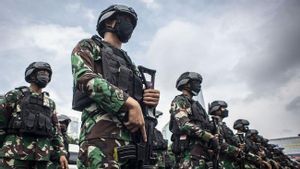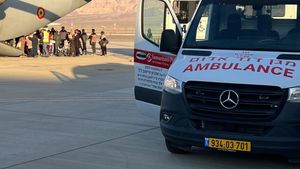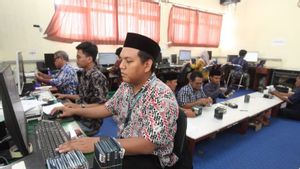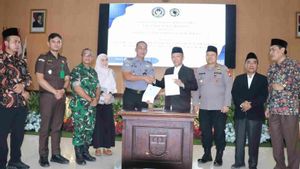JAKARTA - The government divides the level of pandemic in an area based on five levels that describe the adequacy of the health system's response capacity.
"The pandemic situation is divided into five levels, ranging from zero to four, which describe the testing, tracing and treatment capacity relative to the transmission of virus transmission in the region," said COVID-19 Vaccination Spokesperson Siti Nadia Tarmizi, quoted by Antara, Wednesday, July 7.
Zero-level situation levels, are situations where the region has adequate response capacity and has no cases at all. In this case, the region does not need to tighten public health protocols or limit their social activities.
On the other hand, Nadia continued, the highest level of situation, namely situation level four, is when virus transmission is very high, while response capacity is limited.
In this situation, public health protocols and social restrictions must be tightened, so that the number of cases drops, to a level that can be handled by existing health care facilities.
He added that in an assessment to determine the level of the situation in an area, two things were compared, namely the level of transmission and the response capacity of the health system in the region.
“For the measurement of the transmission rate, we divided the transmission of COVID-19 into seven levels, from no transmission, imported or sporadic cases, clustered cases, and community transmission which we further divided into four levels, community transmission level one to level one. four," said Nadia.
In determining the level of community transmission, his party uses three main indicators, namely: the number of cases, the number of hospitalized cases and the number of COVID-19 deaths calculated per 100,000 population per week.
The government has set threshold values for each indicator to be able to categorize these indicators into certain transmission levels.
He gave an example, confirmed cases below 20/100,000 population/week are categorized as level 1 community transmission.
For deaths above 5/100,000 population/week it is categorized as level 4 community transmission.
Conclusions about community transmission rates are drawn based on the indicator with the highest transmission rate.
Nadia said that the health response capacity was categorized as adequate, moderate, or limited based on three indicators.
These indicators are the positivity rate of testing taking into account the testing ratio, the close contact ratio tracked for each case and the occupancy of the nursing beds. His party has set threshold values for each indicator and conclusions about the response capacity in a region are drawn based on the lowest response capacity.
“For example, if an area has a positivity testing rate of 10 percent and can trace 10 close contacts for each case, in other words, it has a moderate response capacity in both indicators, but has bed occupancy above 80 percent, the area is categorized as having a capacity limited response," he said.
He said that the Minister of Health, Budi Gunadi Sadikin, had recommended that areas with a positivity rate above 25 percent be tested 15 times the WHO standard, and regions with a positivity rate of 15-25 percent testing were carried out 10 times, and for a positivity rate of 5-15 percent. percent testing is done five times.
After getting the results of the calculation of the transmission rate and response capacity in an area, it is possible to determine the level of the pandemic situation in that region.
"The district, for example, with level 4 community transmission and limited response capacity has a level 4 pandemic situation," he said.
According to Nadia, the assessment of the level of the pandemic situation is carried out every week at the district/city and provincial levels. And based on the results of the latest assessment, the level of the pandemic situation in almost all regencies/cities in Java and Bali is at level 3 or 4.
"This means that the level of transmission in the community occurs very quickly and causes the response capacity of the existing health system to be quickly used up, even to the point of being exceeded," he said.
The English, Chinese, Japanese, Arabic, and French versions are automatically generated by the AI. So there may still be inaccuracies in translating, please always see Indonesian as our main language. (system supported by DigitalSiber.id)
